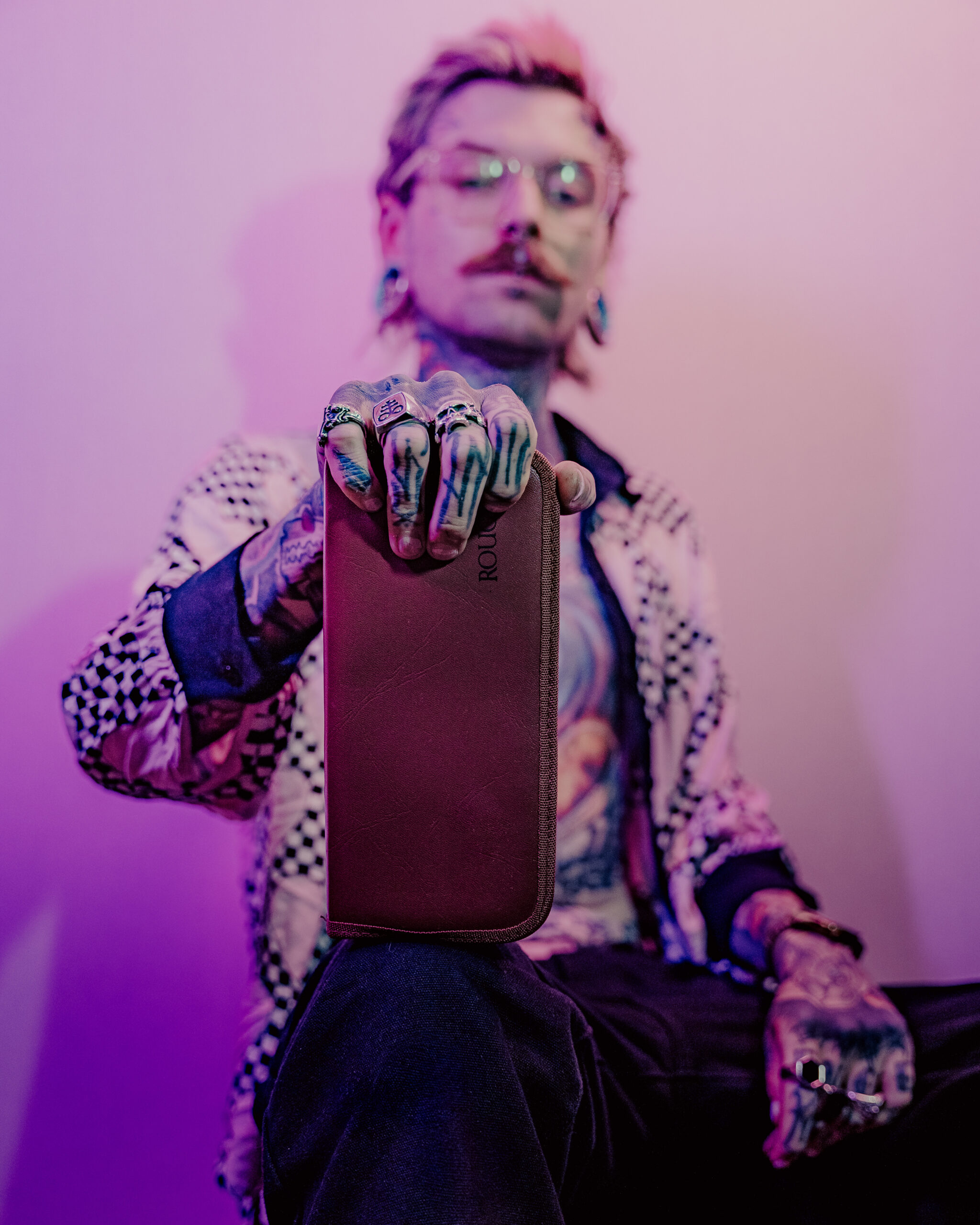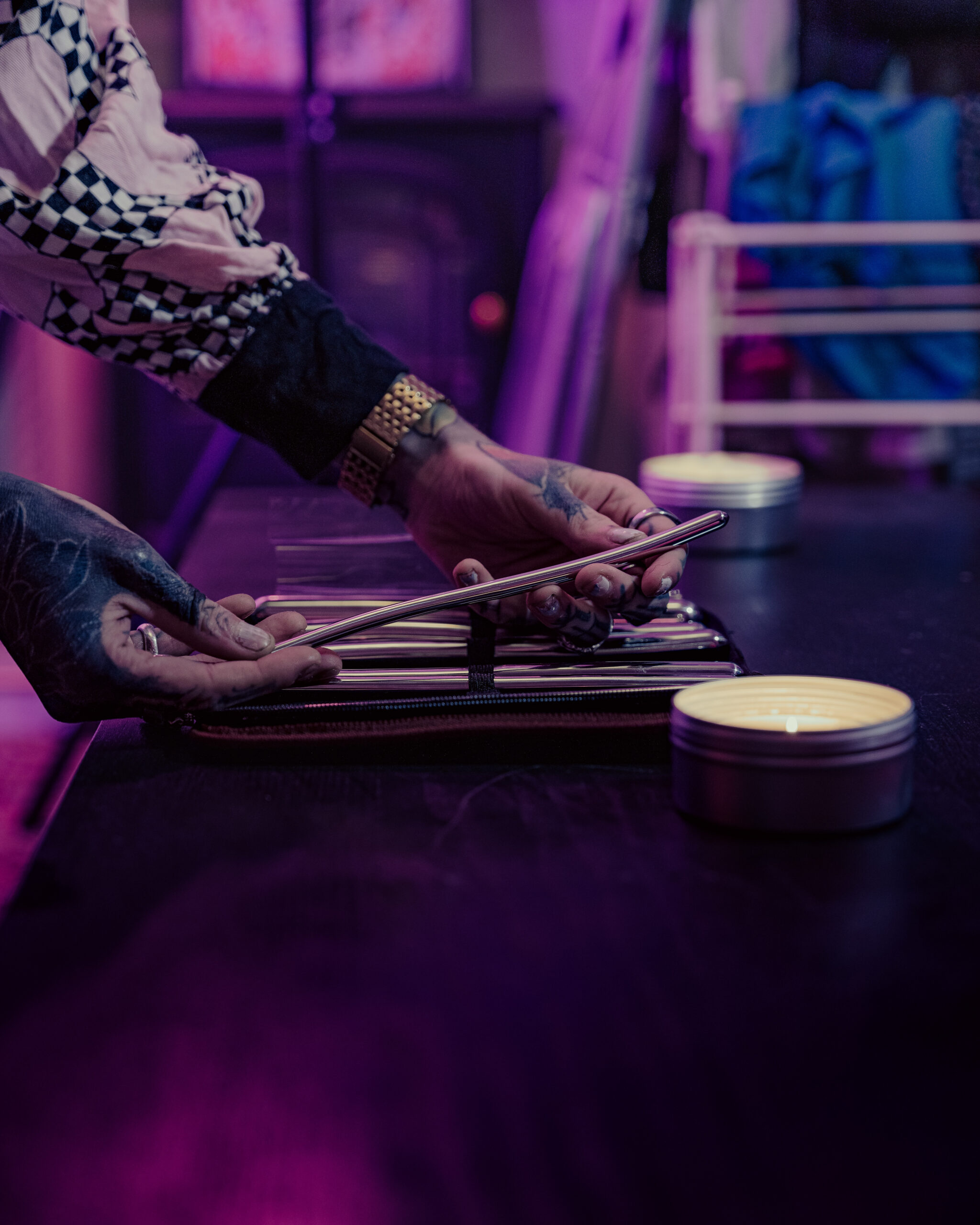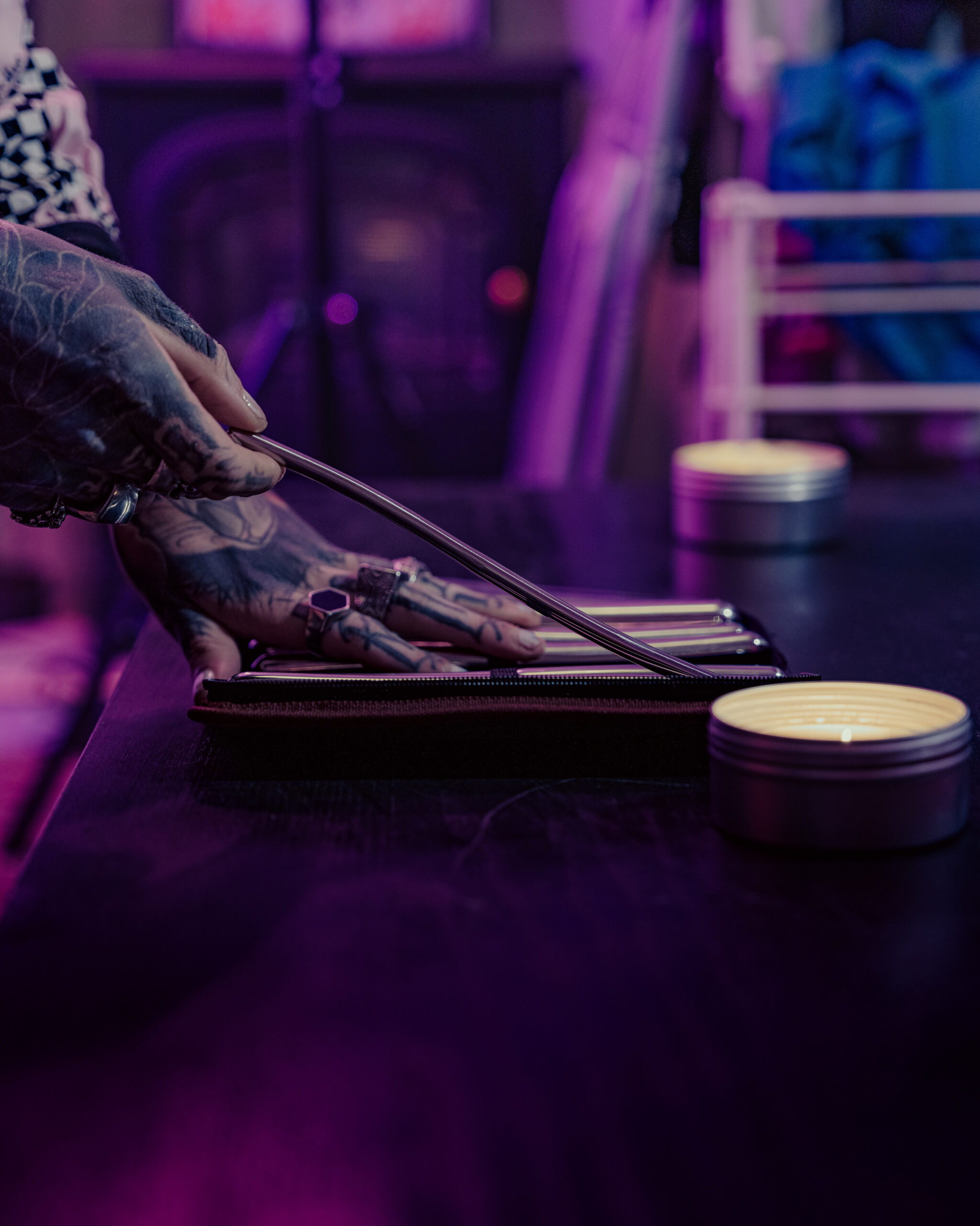Shifting Norms and Expectations

The way we express ourselves and communicate our identities has undergone significant changes over the past few decades. In modern times, societal norms and expectations surrounding sexuality have become increasingly fluid, leading to a shift towards greater acceptance and inclusivity.
- Traditional binary notions of gender and sexuality are being challenged as people begin to identify with non-traditional labels and express themselves in more nuanced ways.
- The rise of the internet and social media has enabled individuals to connect with like-minded communities and access a wealth of information, further blurring the lines between traditional categories.
- As a result, language is evolving to accommodate this new landscape. Words and phrases that were once considered taboo or stigmatized are being reclaimed and redefined by marginalized groups.
This fluidity presents both opportunities and challenges. On one hand, it allows for greater self-expression and empowerment. On the other, it can lead to confusion, miscommunication, and even marginalization of those who don’t conform to societal expectations.
A World of Endless Options
A world where traditional norms and expectations no longer dictate the complexities of human experience, and where the notion of rigid labels and definitions is slowly giving way to a more fluid understanding of what it means to be sexy.
Sexuality has always been a multifaceted and dynamic aspect of human nature, influenced by an array of factors including culture, upbringing, personal experiences, and individual preferences. However, in modern times, we are witnessing a shift towards greater acceptance and exploration of the diverse ranges of human sexuality.
The concept of %h2% – or non-binary categories of sex and gender – is gaining momentum as people begin to recognize that these distinctions are not always clear-cut or absolute. With the rise of online communities and social media platforms, individuals from various backgrounds and identities are sharing their stories, experiences, and perspectives, helping to break down long-standing taboos and stigmas.
This newfound awareness is empowering countless people to re-examine their own assumptions and biases, embracing a more nuanced understanding of what it means to be human. As we continue on this journey of self-discovery and acceptance, we may find that the very notion of ‘sexy’ becomes increasingly relative, evolving to encompass a wide spectrum of desires, attractions, and experiences.
Breaking Down Binary Norms
Language, particularly in English, has evolved to become more inclusive and accepting of diverse identities and expressions. One aspect that has undergone significant changes is the way we perceive and discuss sex and sexuality.

The concept of binary norms in language refers to the long-standing assumption that humans can be categorized into two distinct sexes: male and female. However, with advancements in medical science and a growing understanding of human diversity, this binary perspective is being challenged.
The term “binary” implies a clear distinction between two opposing categories. In contrast, modern society has come to recognize a spectrum of human experience, where individuals can identify as non-binary, genderqueer, or even fluidly transition between different genders.
This shift in language and perception is largely driven by the increasing visibility and awareness of LGBTQ+ (lesbian, gay, bisexual, transgender, queer) communities. As a result, words like “he,” “she,” and “they” are being used to describe individuals who don’t conform to traditional notions of male or female.
Moreover, technology has played a significant role in redefining language around sex and sexuality. Online platforms have provided spaces for people to share their experiences and connect with others who share similar identities or struggles.
The use of terms like “they” and “ze/hir” instead of “he” or “she” is an example of how language is adapting to acknowledge and respect individual preferences and identities. This fluidity in language reflects the evolving understanding that human sexuality is not a fixed trait, but rather a complex aspect of a person’s identity.
As we continue to move towards greater acceptance and inclusivity, it is essential to recognize the importance of using language that resonates with diverse voices and experiences. By acknowledging the nuances of human sexuality, we can foster a more empathetic and supportive environment for all individuals.
A Complex Relationship
Sexuality is a complex and multifaceted concept that has evolved significantly over time, influenced by various social, cultural, and biological factors.
Historically, sexuality was often viewed as a fixed trait, determined by one’s gender, biology, or upbringing. However, with the advent of modern psychology, sociology, and feminist movements, our understanding of sexuality has become more nuanced and fluid.
The concept of a binary male/female dichotomy is no longer universally accepted, as research has shown that human sexuality exists on a spectrum, with individuals identifying as heterosexual, homosexual, bisexual, pansexual, or queer, among other labels.
Moreover, the rise of technology, social media, and online platforms has created new avenues for self-expression and exploration of one’s sexuality. This increased accessibility has allowed individuals to explore their desires, identities, and orientations in ways that were previously not possible.

The fluid nature of sexuality is further complicated by issues of identity, intersectionality, and privilege. As society becomes more aware of the complexity of human experience, we are beginning to recognize that individual experiences of sexuality cannot be reduced to simple labels or categories.
Understanding this fluidity is crucial for creating inclusive and supportive environments where individuals can explore their desires without fear of judgment or marginalization. By embracing the complexity of human sexuality, we can work towards a more compassionate and accepting society for all.

A Call for Inclusive Curricula
In today’s complex and interconnected world, understanding the fluid nature of sexuality has become increasingly crucial. However, this concept can be particularly challenging when it comes to creating inclusive curricula that cater to diverse students’ needs.
Traditional educational systems have often been criticized for their inability to adapt to the changing landscape of human sexuality. The rigid definitions of sex and gender in many curricula can lead to exclusion and marginalization of LGBTQ+ individuals, as well as those who identify as intersex or non-binary.
A call for inclusive curricula is not only necessary but also long overdue. By integrating comprehensive and accurate information about diverse sexualities into school curriculums, educators can create a safe and supportive learning environment that empowers all students to thrive.
This means incorporating topics such as fluidity of sex and gender, LGBTQ+ history and culture, and the social and emotional aspects of human sexuality. It also involves providing resources and support services for students who may be struggling with their own identities or relationships.
Embracing Nuance and Complexity
Understanding the fluid nature of sexuality in modern times requires embracing nuance and complexity in language. This means moving beyond binary concepts of gay/straight, male/female, or heterosexual/homosexual.
A person’s sexual orientation can exist on a spectrum, and it may not fit neatly into one category or another. The American Psychological Association (APA) recognizes that human sexuality is comprised of multiple dimensions, including biological, psychological, social, and cultural influences.
The concept of “fluidity” in sexuality acknowledges that people’s desires, attractions, and identities can change over time due to a variety of factors, such as personal experiences, relationships, and environmental influences. For example, someone may identify as straight but experience attraction to others who do not fit traditional notions of their desired sex or gender.
Furthermore, the language we use to describe sexuality should be inclusive and respectful of individual differences. Using terms like “queer,” “pansexual,” or “non-binary” can provide a sense of community and validation for individuals who may have previously felt marginalized or excluded.
Embracing nuance and complexity in language allows us to better understand the intricate and multifaceted nature of human sexuality. By acknowledging the fluidity of human desire and identity, we can foster a more accepting and inclusive environment where everyone feels valued and respected.
Discover beautiful body jewelry at Peaches and Screams Shop lesbian sex toys for thrilling and intimate experiences at Peaches and Screams Explore sex toy accessories for enhanced enjoyment at Peaches and Screams Buy tingle condoms for a thrilling experience at Peaches and Screams Shop realistic masturbators for lifelike sensations at Peaches and Screams Explore chest harness strap-on dildos for unique experiences at Peaches and Screams Explore electro-sex toys at Peaches and Screams Shop Tongue Joy toys for a unique and stimulating experience at Peaches and Screams
Create Cocktails at Home K’s P Rules Cakes I Like Corbyn But Dr. Nerina Muses
- Dermal Fillers Near Frensham, Surrey - May 7, 2025
- Jalupro Super Hydro Skin Booster Treatments Near Addington, Surrey - May 6, 2025
- Choosing The Right Lip Filler Specialist In The UK - May 6, 2025
